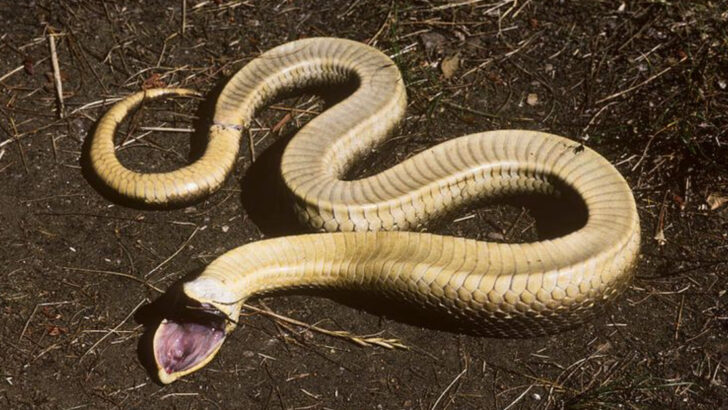Some animals fake their own death—and they’re really convincing. We’re talking stiff bodies, limp limbs, tongues hanging out like they’ve seen the light. Predators lose interest. Danger passes. Then? Boom—they pop back up like nothing happened. It’s not just a party trick. It’s survival theater. And some creatures deserve an Oscar. From snakes that flip belly-up to bugs that play corpse mid-attack, these 8 animals have turned pretending to be dead into a full-blown defense strategy. And guess what? It works.
Virginia Opossum
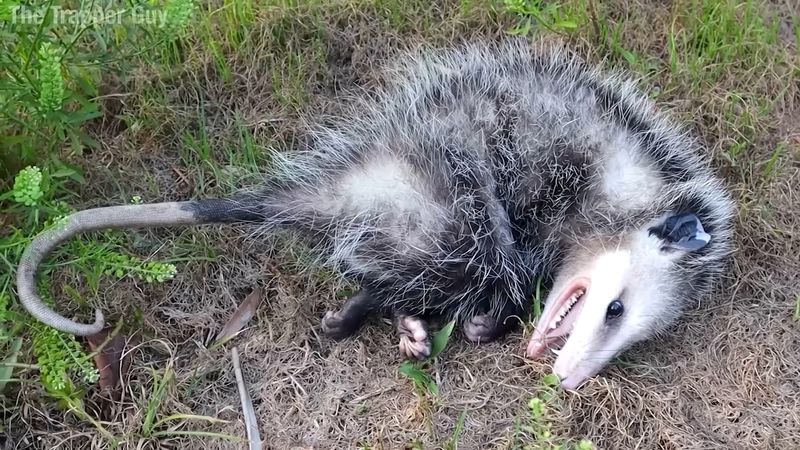
The Virginia opossum is renowned for its dramatic act of playing dead. When threatened, it enters a state of tonic immobility, lying on its side with mouth agape and eyes half-shut. This performance can last for hours, fooling predators into thinking it’s no longer a viable meal. Interestingly, the opossum’s body emits a foul odor during this act, enhancing the illusion of death. Despite being North America’s only marsupial, it’s a master of this life-saving charade. Its ability to trick potential threats has secured its place in folklore and survival strategies alike.
Hognose Snake
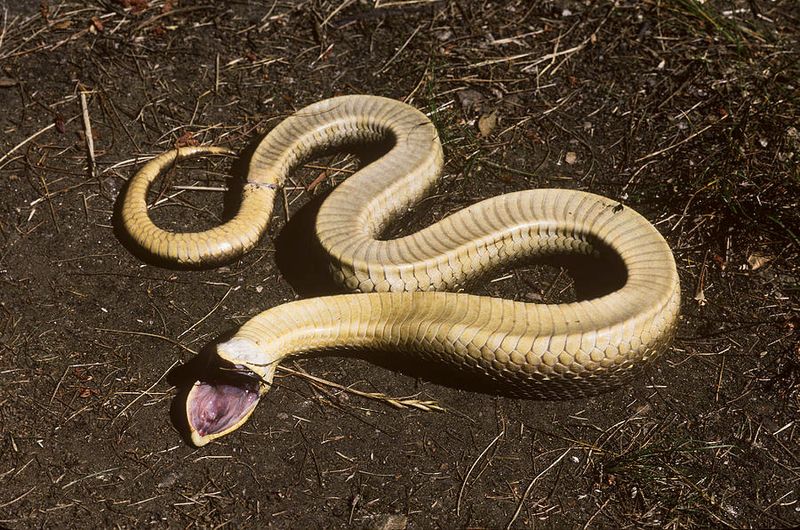
With a flair for the dramatic, the Hognose Snake takes playing dead to theatrical heights. When confronted, it first puts on a hood display, hissy fits, and bluff strikes. If the threat persists, it flips onto its back, mouth agape, tongue lolling, and emits a foul-smelling musk to complete the act. This melodrama convinces predators it’s too rotten to eat. Found across North America, this snake’s Oscar-worthy performance is both a defense mechanism and a fascinating spectacle in the wild. Its convincing antics ensure it remains a curious subject among herpetologists.
European Fire-bellied Toad
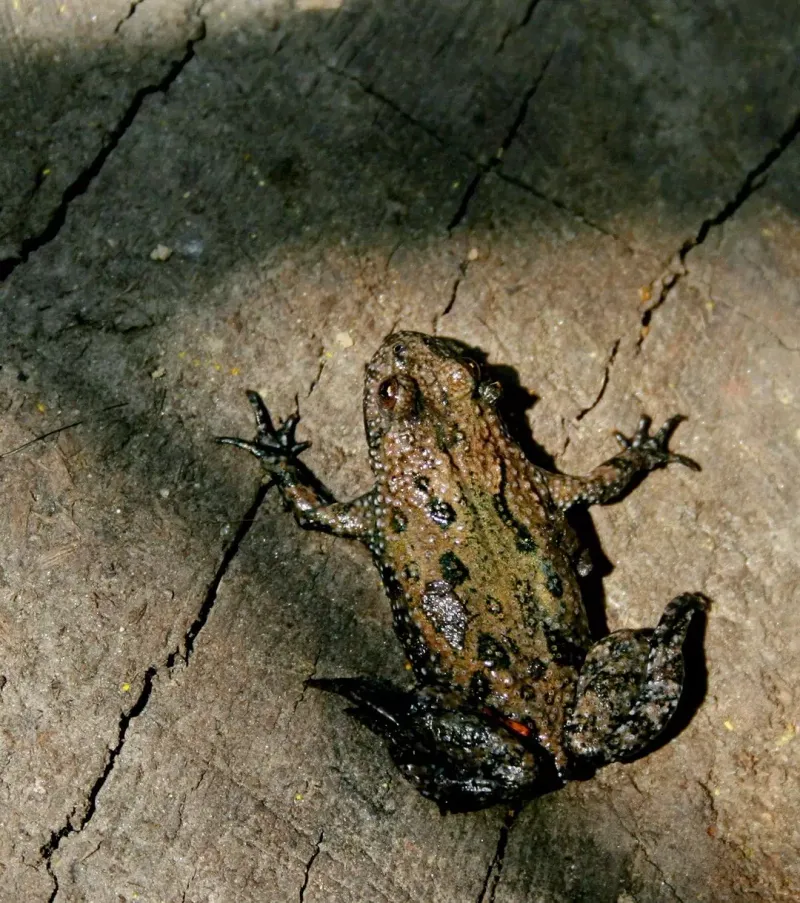
The European Fire-bellied Toad is an amphibian with a colorful twist to playing dead. When threatened, it reveals its bright red belly by flipping onto its back, a startling signal to predators. This unexpected spectacle, coupled with its stillness, suggests toxicity, encouraging would-be attackers to reconsider their choices. Native to Europe and Asia, its vivid warning colors and theatrical flair in feigning death make it a subject of interest among naturalists. It’s a vibrant display of nature’s creativity in defense mechanisms, showcasing survival through artful deception.
Pill Bug
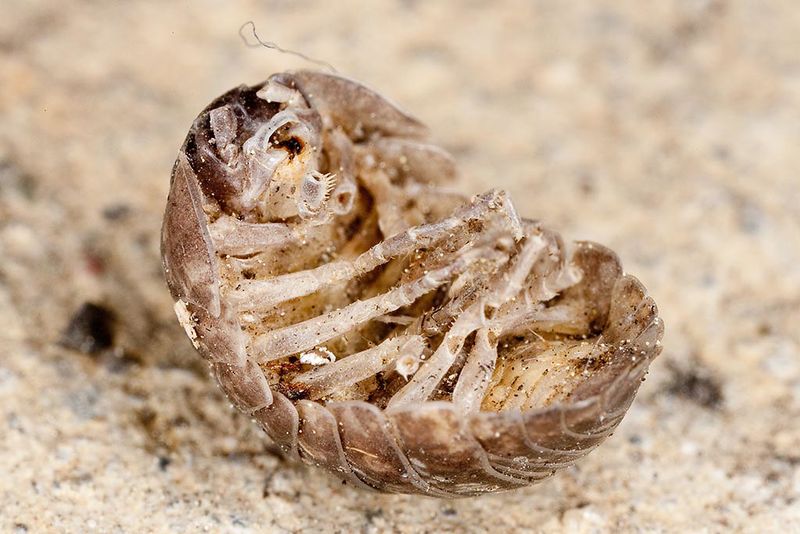
The humble Pill Bug, or “roly-poly,” transforms into a perfect sphere when threatened, resembling a tiny stone. This act of curling up is a defense mechanism that makes it harder for predators to consume. Its ability to “play dead” by remaining perfectly still adds to its survival toolkit. These terrestrial crustaceans, found worldwide, are expert adapters, thriving in varied environments. Their spherical mimicry is a simple yet effective strategy that fascinates both children and scientists alike, turning an otherwise average bug into a master of disguise.
Bullfrog
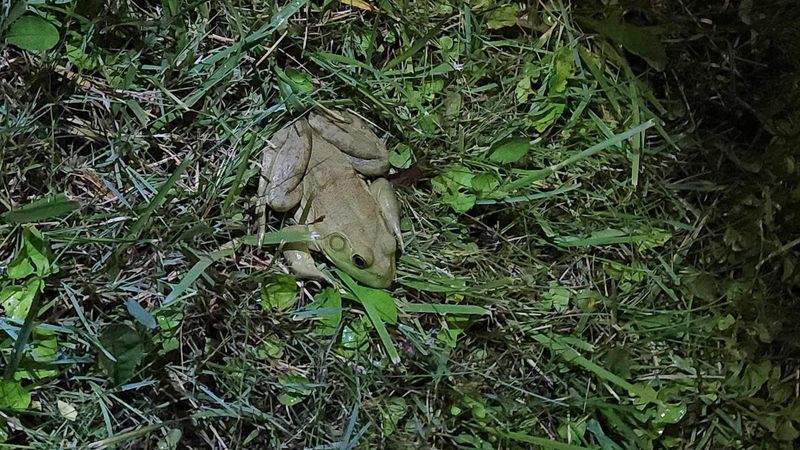
The Bullfrog, known for its impressive leaps and loud croaks, possesses a less dramatic but equally effective defense: playing dead. When in danger, it can become eerily still, blending into its aquatic surroundings. This immobility can trick predators into losing interest. Native to North America, the Bullfrog’s ability to deceive through stillness adds to its array of survival tactics. It remains a creature of interest for both its vocal prowess and its subtle, yet effective, use of thanatosis, proving that silence can indeed be golden.
Redback Spider
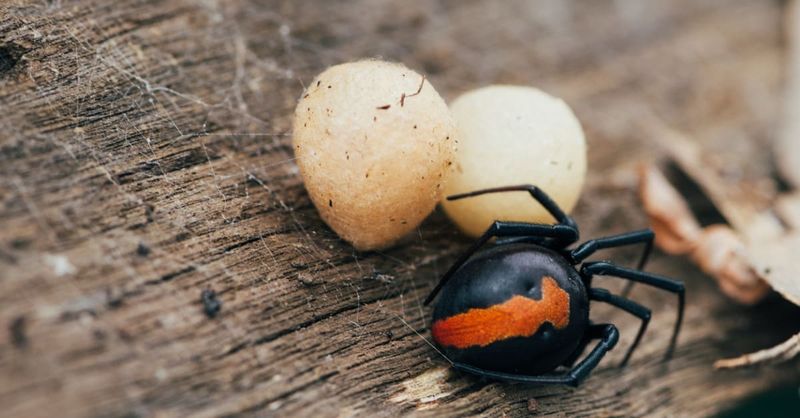
The Redback Spider, infamous for its venomous bite, has a surprising defensive behavior: feigning death. When threatened, it can curl its legs inward and remain motionless. This deceptive stillness can dissuade predators from attacking. Found in Australia, this spider’s cunning act complements its potent venom, making it a survivor in the harsh outback. Its dual strategy of venom and mimicry of death ensures its place as a formidable arachnid. A master of survival, the Redback Spider intrigues arachnologists and nature lovers alike with its deadly charm.
Domestic Rabbit

Surprisingly, even the Domestic Rabbit can “play dead” in times of extreme stress. When faced with predators, it may freeze, lying on its side to minimize motion and avoid detection. This temporary state of immobility can deter predators long enough for the rabbit to escape. Found globally as pets and in the wild, rabbits’ inclination to feign death adds to their gentle and timid nature, making them beloved creatures worldwide. This behavior, though less known, showcases their surprising adaptability and survival instincts.
Lizard

Lizards, with their diverse species, often resort to playing dead when caught by predators. This seemingly lifeless state can confuse attackers, buying time for escape. The behavior, known as thanatosis, is observed in various lizard species worldwide. By mimicking death, they capitalize on predators’ instincts to avoid carrion, ensuring their survival. This clever tactic, combined with their ability to regenerate tails, makes lizards fascinating subjects for herpetological studies. Their artful use of deception showcases the complexity and ingenuity of nature’s survival strategies.

